The Intriguante—Women of Intrigue in Film Noir series at the Skirball Cultural Center continues at 2 p.m. Sunday, Jan. 25, with an excellent double feature.
The first film is “Pitfall” (1948, André de Toth), featuring Dick Powell, Lizabeth Scott and Jane Wyatt in a classic noir love triangle. Just a few years before, Powell, a song and dance man, reinvented his screen persona when he played detective Philip Marlowe in “Murder, My Sweet” (1944, Edward Dmytryk). Powell then became a regular on the film noir slate.
In “Pitfall,” he plays John Forbes, a happily married husband and father with a good job. Problem is, John is bored and it’s not long before he risks everything by getting tangled up with an irresistible femme fatale named Mona Stevens (Scott).
Further complicating the situation is Raymond Burr as a private investigator who also covets Ms. Stevens. Powell and Wyatt are spot-on, Scott lends humanity to what could be a two-dimensional role and this is one of Burr’s best performances.
You can read the full FNB review here.
Next up: “Criss Cross” (1949, Robert Siodmak) is a spare, chilling story that zooms along at breakneck speed with characters you’ll never forget.
Here, the stunning Yvonne De Carlo (whom you might remember from TV’s “The Munsters”) lures her ex-husband Burt Lancaster into a high-stakes heist. The sleazy bad guy is played perfectly by Dan Duryea.
Lancaster’s Steve is essentially a good guy who just can’t get his ex-wife out of his system. Some would call him crazy. The French would term it “amour fou.” But what would film noir be without obsessive love? This somewhat neglected movie completely holds its own with any other title from the film noir canon. “Criss Cross” plays particularly well on the big screen and it’s great fun to see the Los Angeles locales. The opening shot is tremendous and look out for a young Tony Curtis.
You can read the full FNB review here.
Admission is $10 general; $7 seniors and full-time students; $5 members.
The exhibitions Light & Noir: Exiles and Émigrés in Hollywood, 1933–1950 and The Noir Effect will remain open until 8 p.m.
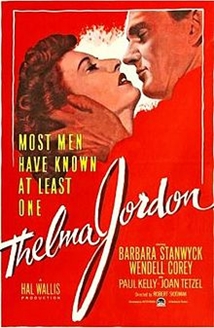 The Intriguante series concludes on Feb. 12 with “The File on Thelma Jordon” (1950, Robert Siodmak), a crime drama starring the inimitable Barbara Stanwyck.
The Intriguante series concludes on Feb. 12 with “The File on Thelma Jordon” (1950, Robert Siodmak), a crime drama starring the inimitable Barbara Stanwyck.
Additionally, there are two more free Tuesday matinees at the Skirball Cultural Center. On Feb. 3 is 1939’s “Confessions of a Nazi Spy,” directed by Anatole Litvak and starring Edward G. Robinson as an FBI investigator. On Feb. 10, “Act of Violence” (1948, Fred Zinnemann) looks at the plight of returning World War II vets in a captivating film noir brimming with dark secrets, betrayal and revenge. Van Heflin, Robert Ryan and Janet Leigh lead the cast.
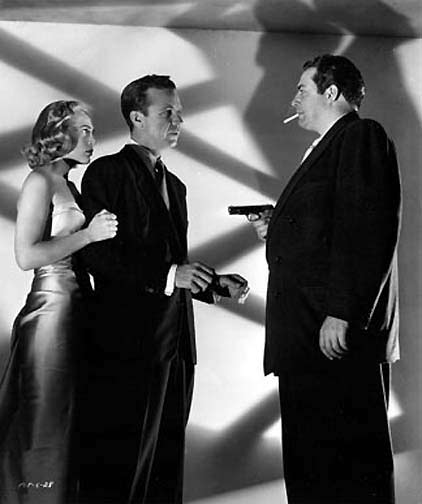
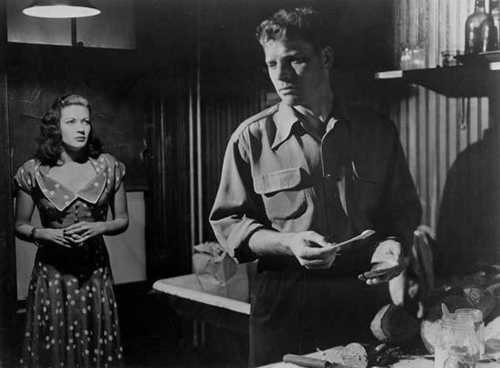





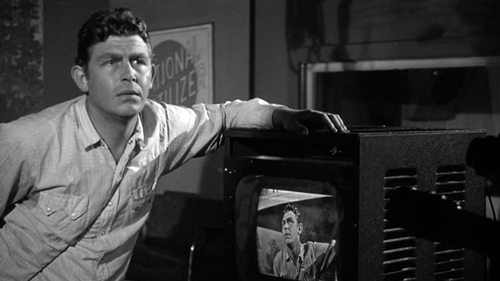
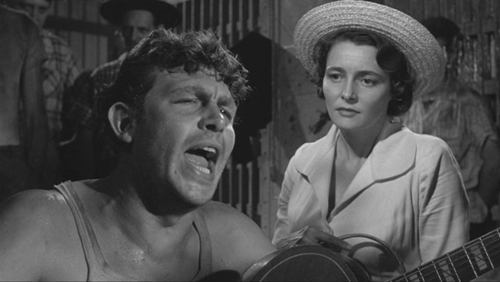
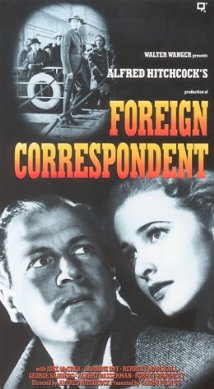
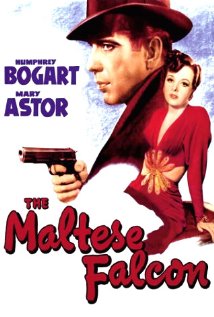
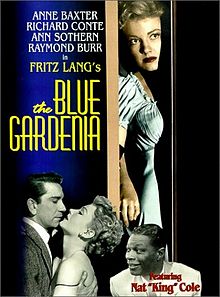
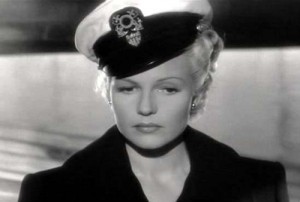
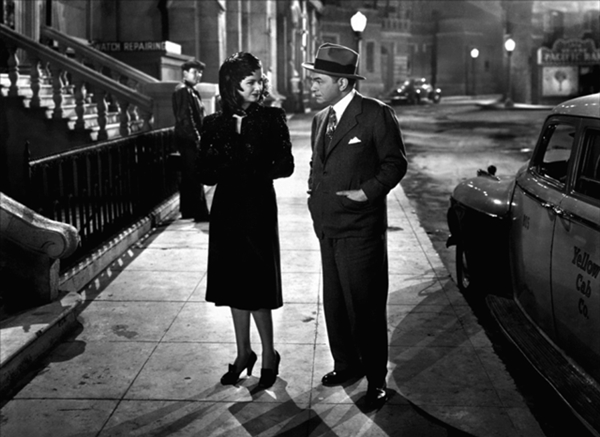
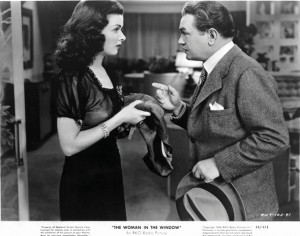
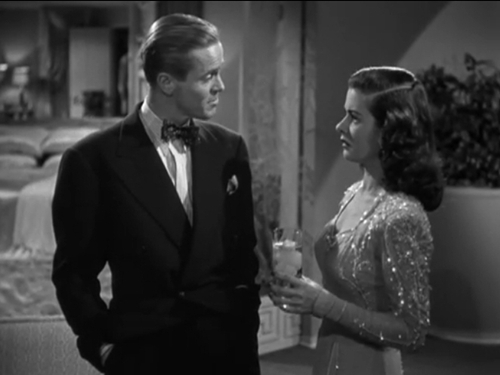
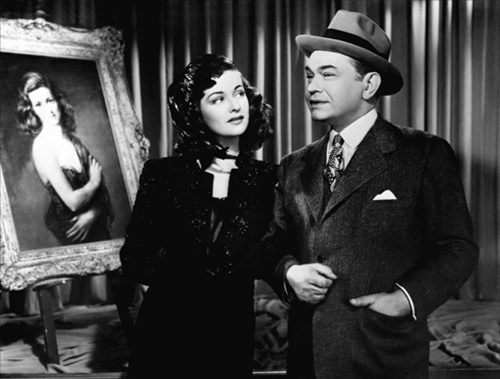
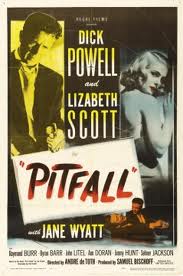

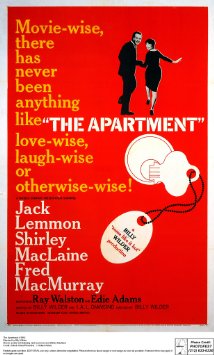
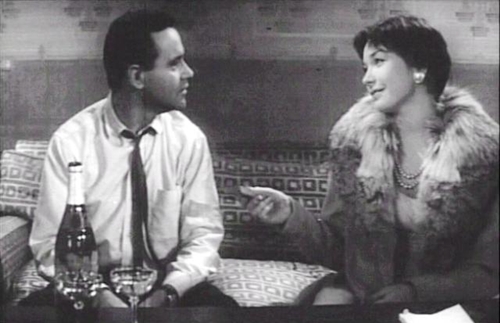
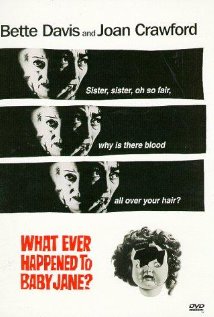
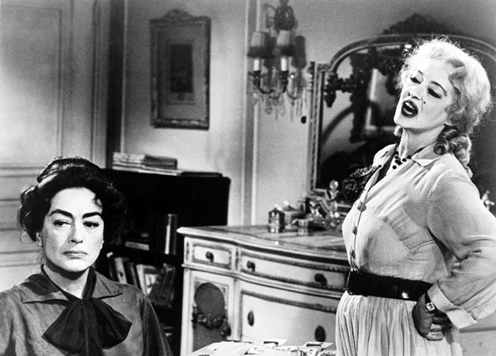
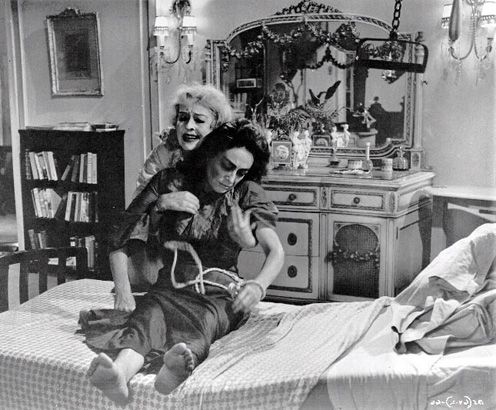
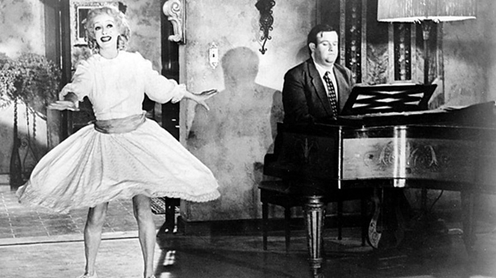
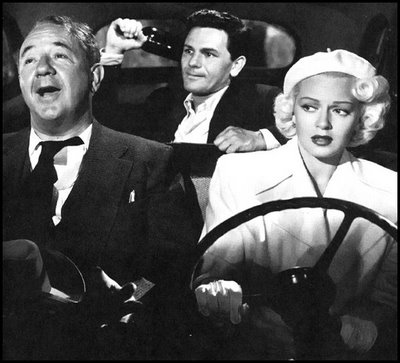
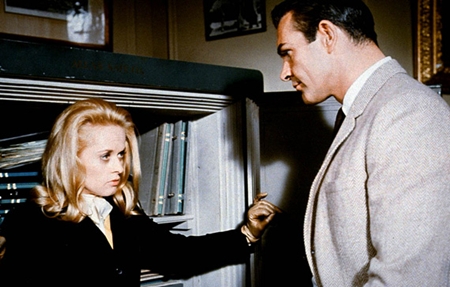

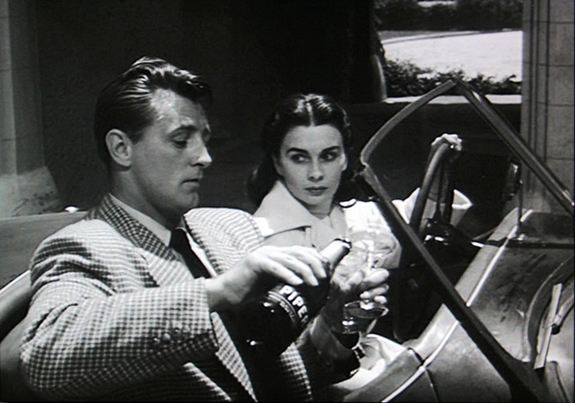
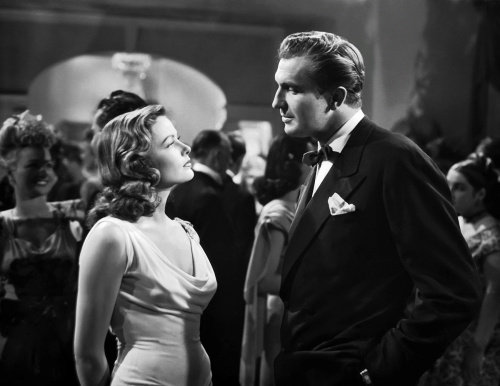
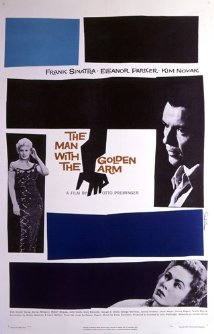





From FNB readers